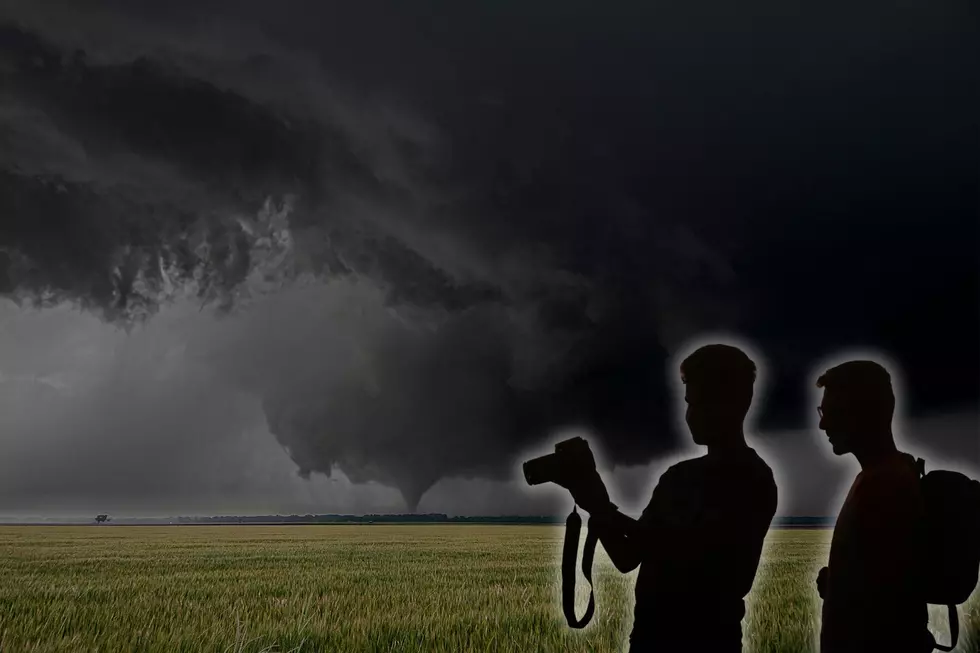
It’s the 10th Anniversary of the Historic Landing on Saturn’s Moon Titan
In 2014, the European Space Agency (ESA) did the incredible: it landed a probe on a comet. But this wasn't its first rodeo. Ten years ago, it parked a probe on the hazy, alien moon of Titan.
The largest moon of Saturn, Titan is actually bigger than the planet Mercury and since its discovery in 1655 has been shrouded in mystery. Wrapped in a thick atmosphere of smog, we were unable to fully study, or even fully see, this enigmatic moon. Some astronomers even speculated that Titan could be much like a "Proto Earth," with conditions very similar to how our planet began.
What was under the Titan smog? We really had no idea.
Titan Fall
Despite atmospheric haze the cameras onboard the Huygens probe were able to take clear images of Titan’s surface. They showed a world that resembled the Earth in many ways with liquid, possibly methane, that flowed on the surface causing erosion. There were mountains, valleys, rivers, lakes, and seas.
In that moment Titan was transformed from the fuzzy, orange dot on our telescopes to an incredible alien world that was breathtaking in its strangeness.
I watched Huygens landing live on the Science Channel (does the Science Channel still exist?) and that feeling of wonder and awe as the probe descended through Titan's orange haze and finally touched down. That now iconic image of Huygens sandy resting place littered with rocks and ice captured a world's imagination. It was incredible.
Below is the actual video Cassini beamed back to Earth as Huygens landed on Titan. Sped up almost 100 times, the landing is compressed into just five minutes. The tones and chimes you'll hear are from the Descent Imager, Spectral Radiometer activity, Huygens' signal strength to Cassini, and thirteen different chimes--one for each of instrument's different science parts.
I love watching the orange haze slowly replaced as the true nature of the moon is revealed.
Cool Cassini-Huygens Factoids:
- Cassini-Huygens was launched October 15, 1997. Facebook wasn't even a thing yet. Heck, DSL was barely a thing 18 years ago.
- Huygens separated from Cassini on Christmas Day, 2004. It took 21 days to reach Titan's surface, and nearly two and a half hours to pass through the moon's atmosphere.
- Huygens was the first probe landed on an alien world in the outer solar system.
- Cassini has taken 332,000 photos, discovered seven moons, and collected 514 GB of scientific data (that's approximately 500 movies or 73,000 songs worth of data).
- Cassini discovered strong evidence of a large underground ocean of liquid water on the moon Enceladus, making the moon one of the most likely places in the Solar System to "host microbial life."
- A joint NASA, ESA, and Italian Space Agency mission, Cassini-Huygens has been spectacularly successful. The orbiting probe Cassini was only slated for a four year mission of discovery. It's 10 years now and NASA reports the robotic probe is still in excellent health.
Happy 10th Anniversary!
The Cassini-Huygens mission has been a huge step forward in our understanding of Saturn and its amazing moons. Congratulations to NASA, JPL, and the ESA on their unprecedented success and 10 years of discovery!
More From KZCD-FM
![SpaceX Rocket Explodes Destroying Internet Satellite [VIDEO]](http://townsquare.media/site/115/files/2016/09/SpaceX-1.jpg?w=980&q=75)
![One Giant Leap For Mankind [VIDEO]](http://townsquare.media/site/115/files/2016/07/Appollo-11-c-a.jpg?w=980&q=75)

![NASA Discovers Evidence of Flowing Water On Mars [VIDEO]](http://townsquare.media/site/115/files/2015/09/Nasa-2.jpg?w=980&q=75)
![Mimas Celebrated By NASA As Star Wars ‘Death Star’ [VIDEO]](http://townsquare.media/site/115/files/2015/05/Death-Star.jpeg?w=980&q=75)

![NASA Tests New Space Launch System Booster Rocket [VIDEO]](http://townsquare.media/site/115/files/2015/03/hqdefault18.jpg?w=980&q=75)
![NASA Drove a 747 Through Houston Last Night [WATCH]](http://townsquare.media/site/151/files/2014/05/152361646.jpg?w=980&q=75)

